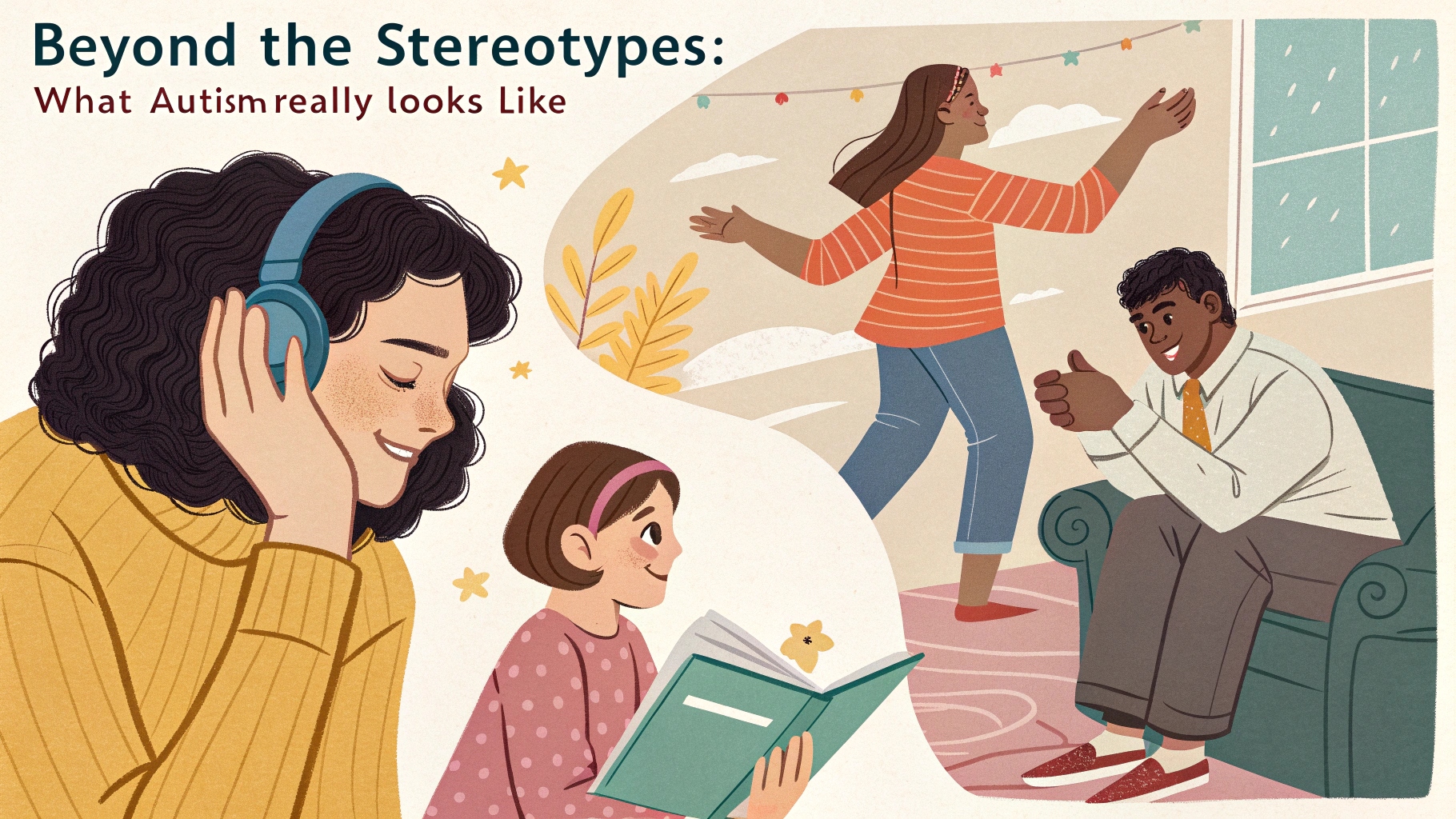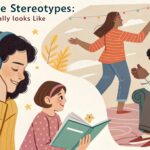When you hear the word autism, what comes to mind? Is it a nonverbal child fixated on spinning objects? A quirky genius who struggles with emotions? These portrayals—fueled by media, outdated diagnoses, and a lack of understanding—shape a limited and often harmful picture.
Autism misconceptions don’t just skew public perception; they actively hurt autistic individuals by reinforcing barriers to acceptance, support, and equity. It’s time to go beyond the stereotypes and see autism for what it really is: a complex, dynamic, and deeply human spectrum.
The Problem with Popular Stereotypes
Autism Spectrum Disorder (ASD) affects roughly 1 in 36 children in the U.S., yet most people’s understanding is rooted in narrow media depictions. Think “Rain Man,” Sheldon Cooper, or even TikTok clips of so-called “autistic behavior.” While these portrayals may capture fragments of the truth, they often fail to reflect the full diversity of the spectrum.
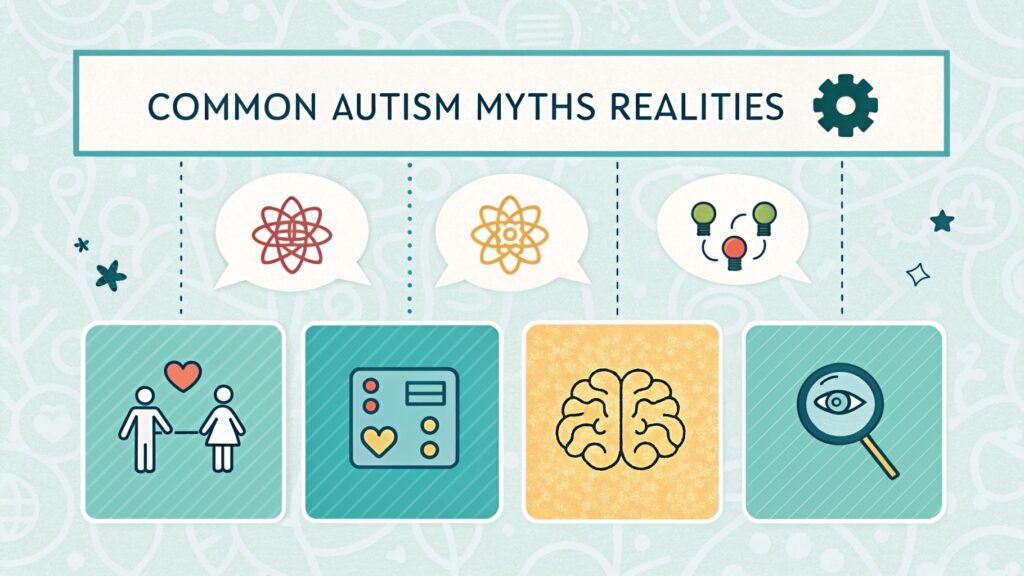
Common Autism Misconceptions
| Misconception | Reality |
|---|---|
| All autistic people are nonverbal or intellectually disabled | Many are highly verbal and intellectually capable; others are nonspeaking but cognitively typical or gifted. |
| Autism is a “male disorder” | Girls, women, and nonbinary people are often underdiagnosed due to different traits and masking behaviors. |
| Autistic people lack empathy | Many experience hyper-empathy and deep emotional attunement, just expressed differently. |
| Autism looks the same in everyone | Autism manifests differently across individuals and even changes over time. |
| You grow out of autism | Autism is lifelong; support needs may change, but it doesn’t disappear. |
Understanding the Spectrum: It’s Not a Straight Line
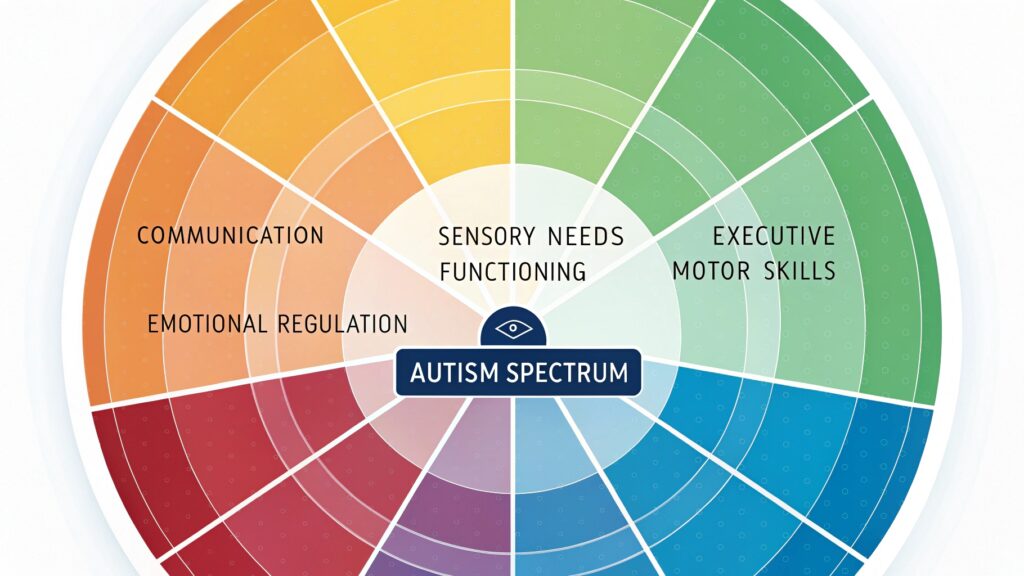
One of the most important truths about autism is that it’s a spectrum—but not in the way people usually imagine. The term doesn’t refer to a scale from “mild to severe” but to a variety of intersecting traits in areas like communication, sensory processing, and executive functioning.
Think of it more like a color wheel than a ladder. Each person has their own unique combination of abilities, challenges, sensitivities, and strengths. Someone may struggle with verbal expression but excel in pattern recognition or emotional insight.
? Visual Suggestion: A color-wheel diagram showing different domains of autistic traits (e.g., sensory sensitivity, social interaction, motor skills, etc.) with varying intensities for different individuals.
Autism in Real Life: More Than Just Labels
Masking: The Hidden Struggle

Many autistic individuals—especially women and people of color—mask their traits to blend in. This includes mimicking social behaviors, forcing eye contact, suppressing stims, or rehearsing conversations. While masking can help them navigate society, it often leads to exhaustion, anxiety, and even autistic burnout.
Autistic burnout is not just being tired—it’s a state of intense emotional, physical, and cognitive fatigue from long-term stress and unsupported needs.
? Infographic Suggestion: Comparison chart: Autistic Burnout vs. Typical Burnout
- Includes symptoms like sensory overload, skill regression, shutdowns (autistic) vs. fatigue, irritability, and overwork (typical)
Sensory Experiences: The Unseen World
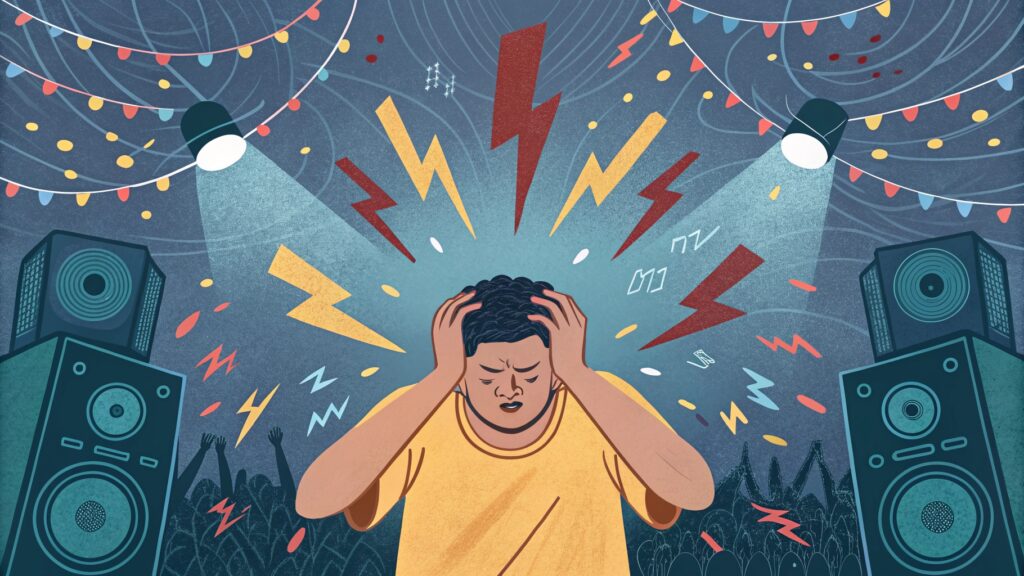
Another overlooked aspect of autism is sensory processing differences. Bright lights might feel blinding. Tags in clothing can be intolerable. A humming fridge may feel like nails on a chalkboard. Alternatively, some may seek intense sensory input—like deep pressure, spinning, or loud music.
Real Voices, Real Stories

“People see my eye contact issues and think I’m rude. But I hear their tone better when I’m not distracted by their face.”
— James, 28, autistic adult
“I spent my whole childhood thinking I was broken. I wasn’t—I was just autistic in a world that didn’t understand me.”
— Talia, 34, late-diagnosed woman
These voices remind us: behind every diagnosis is a person with their own experiences, strengths, and struggles.

Debunking Autism Myths: What It Doesn’t Look Like
Let’s be clear—autism is not:
- A tragedy
- A disease to be cured
- Caused by bad parenting or vaccines
- The same in every person
- Always visible
Autism doesn’t always come with savant abilities or “special interests” that can be monetized. It also doesn’t mean a person is cold, robotic, or antisocial. These harmful ideas reduce people to their diagnosis instead of seeing their full humanity.
Why Misconceptions Matter: The Real-World Impact
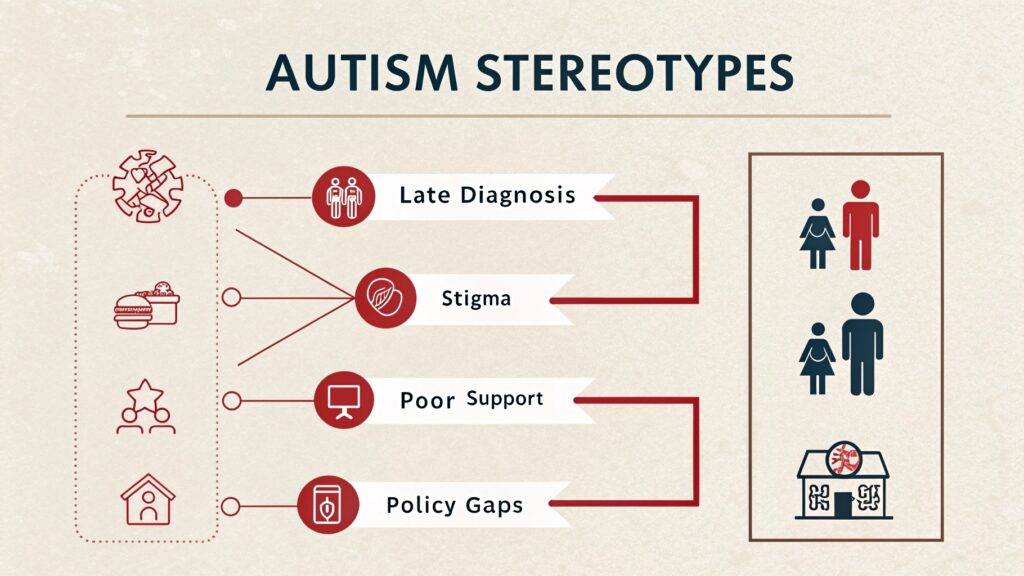
Autism misconceptions can lead to:
- Late or missed diagnoses, especially in girls, BIPOC, and LGBTQ+ individuals
- Inadequate support in schools, workplaces, and healthcare
- Internalized stigma and poor self-esteem in autistic individuals
- Poor policy decisions and misallocation of funding toward “cures” instead of support systems
When we view autism only through the lens of deficits or media tropes, we lose sight of the real needs and rights of autistic people.
How to Be an Ally: Actions Speak Louder Than Awareness
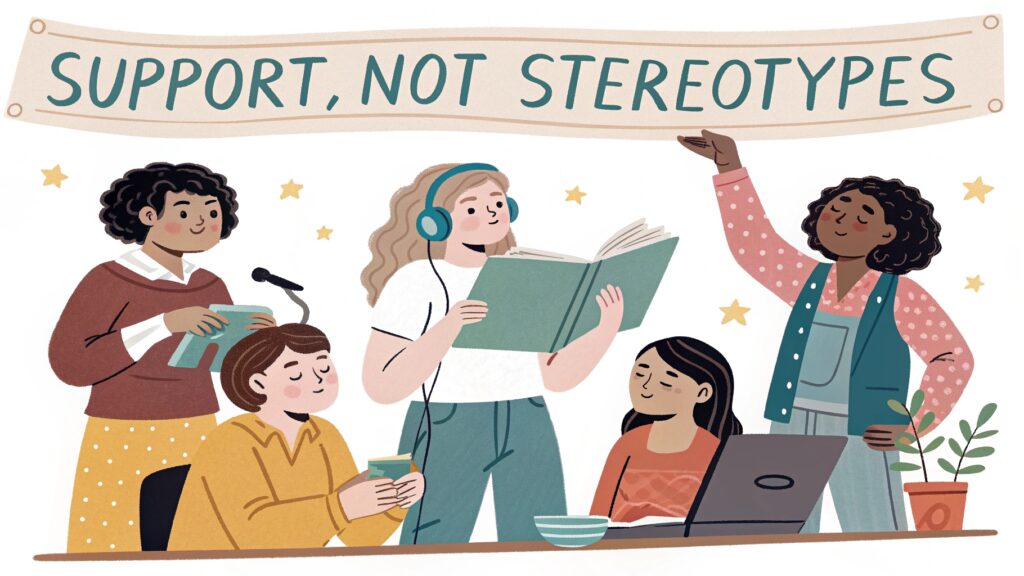
Being an ally goes beyond wearing a puzzle piece pin or sharing infographics in April. Here’s what actually helps:
✅ Educate Yourself
Explore content by actually autistic creators. Try NeuroClastic, Autistica, or YouTube channels like Yo Samdy Sam and The Aspie World.
✅ Listen More Than You Speak
Let autistic individuals lead conversations about their own experiences.
✅ Challenge Stereotypes
Speak up when you hear outdated or hurtful assumptions—even in casual conversation.
✅ Support Acceptance Over Awareness
Awareness says, “I know autism exists.”
Acceptance says, “I welcome and accommodate autistic people.”
Conclusion: Autism is Human Diversity, Not a Deficit
To truly go beyond the stereotypes, we must embrace autism as part of the beautiful spectrum of human diversity. That means recognizing strengths and challenges, rejecting myths, and advocating for a more inclusive society—not just during Autism Acceptance Month, but every day.
Understanding autism isn’t about memorizing traits. It’s about listening, learning, and leading with empathy.
Let’s Keep the Conversation Going
Are you ready to challenge autism misconceptions and help build a more accepting world?
? Share this post with someone who still thinks autism only looks one way.
? Follow autistic creators and amplify their voices.
? Explore related posts on late-diagnosed autism, autistic burnout, and inclusive education right here on our blog.
Together, we can move beyond stereotypes—and toward understanding.

